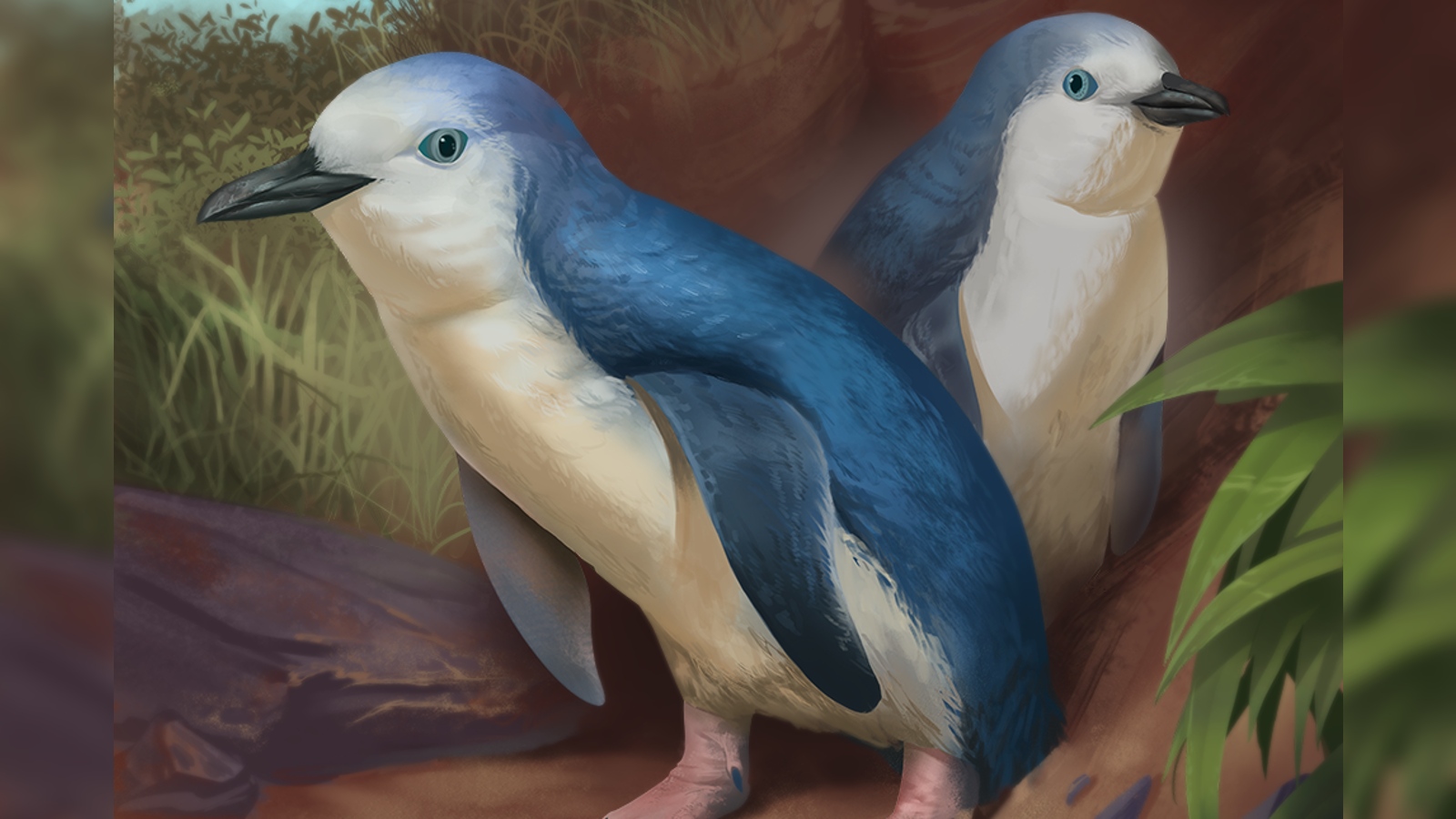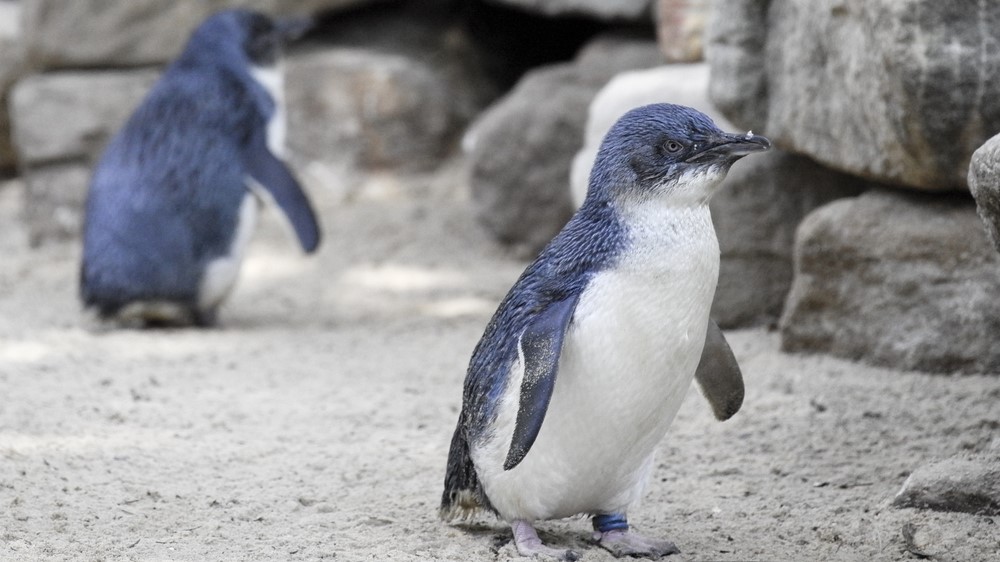
Scientists have uncovered the twee remains of one of the smallest extinct penguin species ever found, which waddled around New Zealand around 3 million years ago.
Researchers unearthed two fossilized skulls belonging to the newly discovered species, named Wilson's little penguin (Eudyptula wilsonae), in the southern Taranaki region of the country's North Island. The shape of the skulls, which belonged to a fully grown adult and a juvenile, are remarkably similar in both size and shape to little penguins (Eudyptula minor), which still exist today and are the smallest living species of penguin.
Due to the lack of bones, researchers are unsure exactly how small the extinct birds were, but living little penguins normally grow to a maximum size of around 13.5 inches (35 centimeters) and weigh around 2 pounds (0.9 kilogram).
E. wilsonae was described in a study published June 21 in the Journal of Paleontology.
Today, little penguins and its four subspecies live across New Zealand, mainland Australia and Tasmania, but experts are unsure where they originated. The new finding suggests that the genus had its roots firmly planted in New Zealand, researchers wrote in a statement.
Related: Kids discover giant penguin’s fossil skeleton in New Zealand
The fact that the little penguin lineage has remained relatively unchanged for such a long time is also a testament to its evolutionary resilience, study lead author Daniel Thomas, a zoologist at Massey University in New Zealand, said in the statement. "The climate has changed a lot over this time and this lineage has been robust to those changes," he said.
The discovery can help scientists fill in the gaps of this ecosystem's history and provide insights into other extinct and living species from the country, the researchers wrote.

Little penguins are currently listed as "least concern" by the International Union for Conservation of Nature (IUCN) Red List, which means they have large and stable populations. However, some populations have faced serious problems in recent years.
In June 2022, more than 500 little penguins mysteriously washed up dead on beaches in New Zealand. Some of the dead birds weighed less than half of what a typical little penguin weighs. Researchers suspect they were not eating enough because hotter ocean surface temperatures — driven by climate change — had pushed their prey out of the little penguins' reach.
And in 2020, an entire colony of around 6,000 little penguins was wiped out when conservationists attempted to reintroduce Tasmanian devils (Sarcophilus harrisii) to a small island off the coast of Tasmania.
E. wilsonae is not the only interestingly-sized extinct penguin to be uncovered recently: The same research team that uncovered the tiny bird also recently discovered the largest penguin to ever walk the planet. In February, they revealed Kumimanu fordycei, which dates back to around 59.5 million years ago and weighed a whopping 340 pounds (154 kg), which is around 170 times heavier than E. wilsonae.







